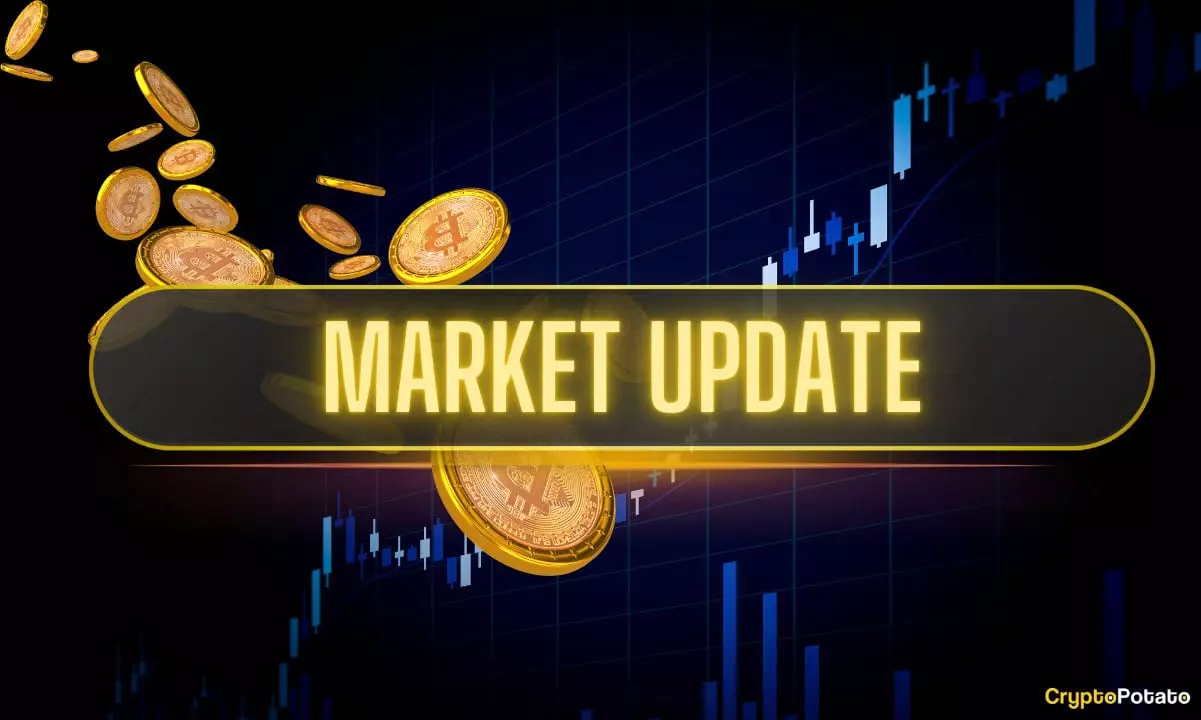In an exhilarating twist that has the entire cryptocurrency realm buzzing, Bitcoin has surged again, breaking its January all-time high by reaching a new zenith at $112,000. After a painstaking four-month lull marked by price volatility and anxious investor sentiment, the breakthrough was a cause for celebration—not just for Bitcoin enthusiasts, but for anyone invested in the future of digital assets. The sheer anticipation leading to this moment wasn’t smooth sailing; it involved repeated tests of resistance and unsettling market fluctuations that proved the resilience of seasoned investors. When Bitcoin finally breached the stubborn $109,100 barrier, the moment heralded renewal in a sector often characterized by its unpredictability and volatility.
Hitting the $110,000 mark was only the beginning. What followed was a surge propelled by tenacious bullish sentiment that sent Bitcoin to heights not seen in recent memory. Yet that milestone wasn’t simply about reaching a price; it symbolized investor faith amidst external pressures and turmoil. As the cryptocurrency community celebrates the achievement, the facts on the ground indicate it’s just as crucial to be cautious.
Market Activity and the Inevitable Retracement
While Bitcoin reached its unprecedented heights, it didn’t come without a significant price retreat. Shortly after testing the $110,000 range, BTC encountered a rapid plunge of approximately $3,500 following President Trump’s weighty trade tariff warnings aimed at the European Union. This external political dynamic illustrates the unforeseen complexities that can erode market confidence almost instantaneously, reminding us of the need for vigilance. Despite the drop, Bitcoin rebounded and stabilized around $109,000—a positive connotation of market health.
We find ourselves in a precarious situation: Reactivity to external shocks in the cryptocurrency space can occasionally be more turbulent than the usual market froth. Yet the duality of Bitcoin’s artistry as both an asset and a currency has rekindled interest—certainly reflecting a bullish weekly gain of 5%. It indicates that even amidst panic, the long-term belief in the currency remains robust.
Altcoin Dynamics and Emerging Rivals
As Bitcoin clambers to its peak, altcoins are simultaneously experiencing a renaissance of their own. Hype, a newer entrant in the market, has accelerated its momentum, experiencing a meteoric rise of over 30% in the past week alone. This context highlights a growing ideological fork in the cryptocurrency narrative: While Bitcoin holds the symbolic throne as the premier cryptocurrency, innovative altcoins are continually pushing boundaries, challenging traditional norms and expanding utility in the digital economy.
Yet, this expands the question of sustainability. Are altcoins like HYPE mere bubbles waiting to burst, or are they indicative of a new class of digital assets primed to provide real-world solutions? This reflects an ongoing evolutionary battle between established instability and emerging innovation that every cryptocurrency enthusiast must grapple with.
The Institutional Push and Its Impact on Bitcoin
In an equally compelling development, major American banks are in discussions to form a joint stablecoin. News of institutions like JPMorgan, Citigroup, and Bank of America working toward a common currency reflects an urgent acknowledgment of the digital currency space’s momentum. Furthermore, with Bitcoin and established cryptocurrencies growing in prominence, one can’t help but envision a future where engagement with digital assets becomes an intrinsic part of our financial ecosystem.
As traditional financial systems begin to merge with cryptocurrencies, discussions surrounding the potential implications for both Bitcoin and altcoins are rampant. Can established banks create a stable and decentralized ecosystem, or will their entrance into the cryptocurrency market herald a new age of centralized control contrary to its founding philosophy? Although not yet clear, there’s a palpable energy surrounding these discussions that could ultimately alter the landscape of cryptocurrencies.
The Weight of Regulations and Market Sentiment
Included in this unfolding drama is the looming question of regulation. The recent appointment of various ETF products, including BlackRock’s Spot Bitcoin ETF, raises concerns over the fate of Bitcoin’s central tenets: decentralized control versus market consolidation. Could big financial actors overshadow smaller players, altering the field towards an imbalanced power structure? Various discussions within the crypto-community reveal anxiety about whether institutional investments will dilute Bitcoin’s original appeal as a democratizing force in finance.
However, these developments can also be seen as a testament to Bitcoin’s maturation process. The more integral cryptocurrencies integrate into traditional finance, the more legitimate they become, solidifying their role in the contemporary marketplace. But for individuals insistent on a decentralized future, the line between progress and peril is razor-thin.
As Bitcoin continues its unprecedented journey, navigating external shocks, altcoin challenges, institutional pressures, and regulatory frameworks will dictate its forthcoming chapters. Never has there been a more exhilarating or treacherous time to be involved in cryptocurrency.















